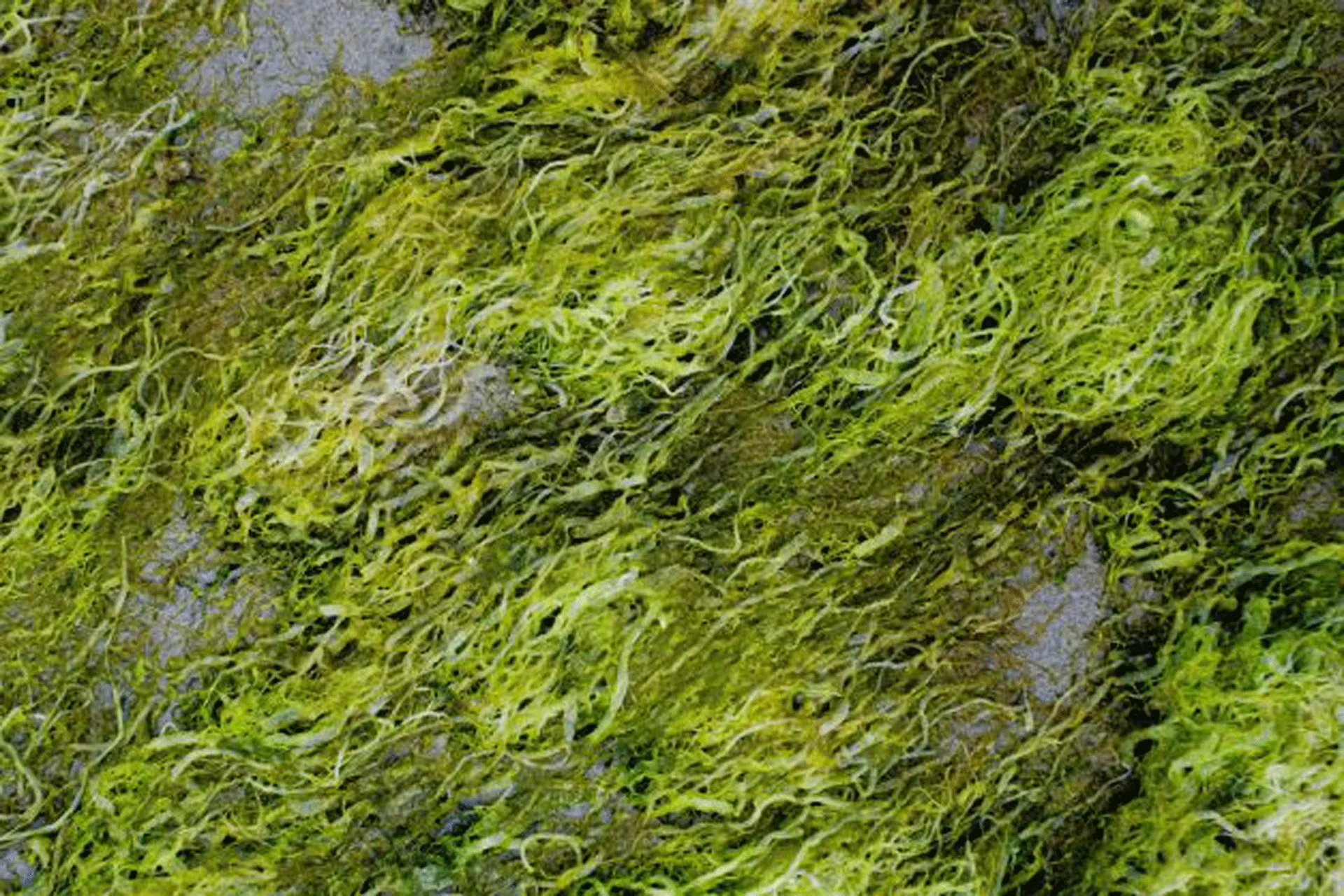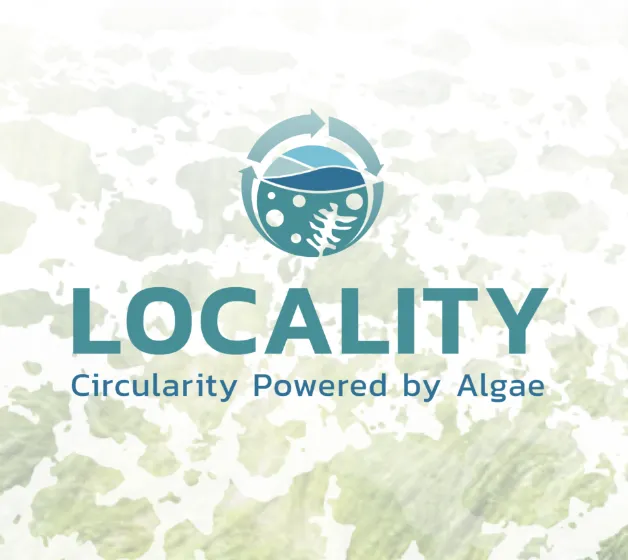- European Maritime and Fisheries Fund project ULVA FARM
EU invests millions in plant-based proteins from Swedish seas
Unsustainable food production
By 2050, global food production will have to increase about 70%. This is due to the ever-growing population and the eradication of extreme poverty by 2030 according to the UN’s Global Goals. However, the current food industry cannot provide the world’s population with high-quality food in a sustainable way.
Agriculture currently accounts for 70% of fresh water consumption and food production accounts for 26% of CO2 emissions. This is not sustainable and therefore new innovative foods and fundamentally changing food production are needed to meet the Global Goals. However, consumer awareness has increased and they are putting pressure on the food industry to come up with new sustainable alternatives that contribute to sustainable change.
Innovative and climate-smart foods are part of the solution
Changing our food system is one of the most effective actions that can be done to tackle the climate crisis. As it stands, Sweden imports 75% of all marine raw materials such as fish, shellfish and algae.

A major step in the right direction is that it is now being invested in Sweden becoming self-sufficient in this area.
The potential and opportunities are many and now the EU has invested heavily in the BlueInvest project where Nordic SeaFarm will develop an offshore cultivation of the protein-rich seaweed species Ulva (also called Sea Lettuce).
The ocean is the world’s largest source of protein, and that doesn’t mean fish, which may be seen as the obvious. Green seaweed, and specifically the species Sea Lettuce, is by far more nutritious than the vegetables and animal foods available today and is seen as an excellent alternative in the food industry.
Challenges of growing sea lettuce
On the other hand, existing farming methods for sea lettuce have long suffered from technical challenges that have prevented European Sea Lettuce producers from developing activities at commercial level that are also affordable for consumers.

One of the reasons why it is problematic to grow sea lettuce is largely due to the high production costs as its is primarily grown on land in tanks and needs proximity to the sea and salt water. Another major obstacle lies in Asian imports, where consumers and food producers have relied more on cheap and low-quality products.
The solution is large-scale offshore farming
Nordic Seafarm (NSF) has developed an innovative cultivation method that finally solves large-scale production of high-quality sea lettuce at a low cost by growing sustainably directly in the sea. By developing strong cultivation methods, crops are able to cope with the challenges posed by the harsh marine environment and thereby the possibility of abandoning land-based cultivation in tanks. Nordic Seafarm is a spin-off from cutting-edge research from three of Sweden’s most prominent universities. The NSF team has +50 years of joint experience in seaweed farming and marine ecology.
Through support from the EU fund BlueInvest, it ensures that Nordic Seafarm’s sea-grown Sea Lettuce is ready for the market and that it confirms the capacity for continued and increased production after the project.
Ulva the impact of cultivation
- 50 hectares of cultivation produce 1000 tonnes of sea lettuce a year.
- Sea lettuce absorbs 38 tons of nutrition from the ocean that would otherwise contribute to eutrophication.
- It absorbs 227 tons of CO2 a year.
- It creates 40 full-time jobs.
- Occupies 0% mark.
- It requires 0% fertilization.
- 85% lower CAPEX.
- 75% lower OPEX.


